Full-frame cameras are digital cameras that have sensors that are equivalent in size to the surface area of a single frame of 35mm film. When digital cameras first arrived on the market, the sensors were small when compared to a frame of 135 (35mm) film. Eventually, camera manufacturers were able to market cameras that had larger sensors that matched the size of 35mm film, and thus the term “full-frame” was used to describe them.
Only a small segment of digital cameras on the market today are full-frame cameras. Most consumer DSLRs and mirrorless cameras use the APS-C sensor format, which feature a sensor size that’s about 30% smaller than a full-frame sensor. If you are reading this article, the DSLR you already have is most likely an APS-C camera. The reason APS-C is still popular is because it’s a good technical compromise: the sensors are just big enough to produce very good images, but because they are smaller than full-frame the cameras and lenses are usually less expensive for the consumer.
Because of the larger sensor size, full-frame cameras can capture more light and detail, which usually leads to higher image quality. Even older full-frame cameras from years and years ago will probably have better or equal image quality compared to current-generation cameras with smaller sensors.
Many photographers eventually find themselves wanting a full-frame camera, but does every photographer really need one? Here are some reasons you might want to consider buying a full-frame camera.
Shallow Depth-of-Field at Wide Angles
This is the main reason to use a full-frame camera — it’s the best way to produce a very shallow depth-of-field at wide angles. For our purposes, “wide angle” is always any lens wider than 50mm (35mm, 28mm, 24mm and so on).
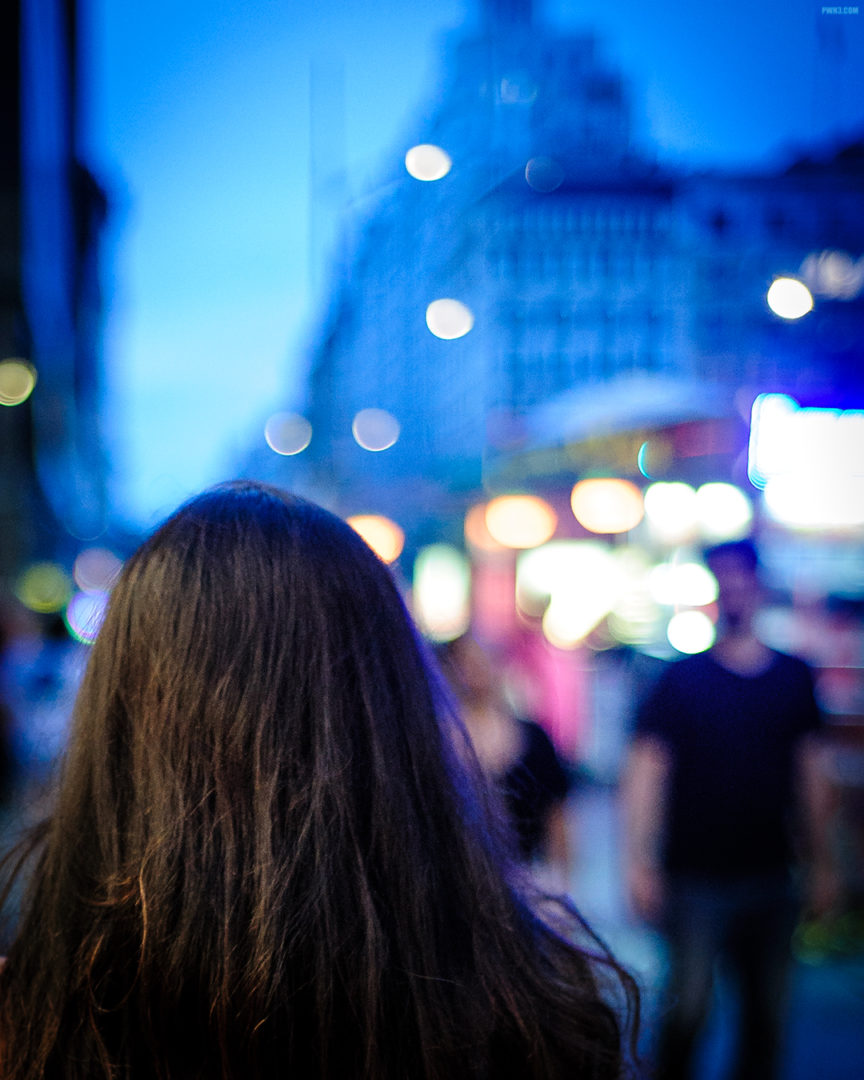
You can get very shallow depth-of-field at 35mm, 28mm or even 24mm using a full-frame camera and an appropriately fast lens such as one with an f1.8 or f1.4 aperture. This is fantastic for isolating a subject from a busy or distracting background, or using the background to create a nice effect with the natural blur and bokeh of the lens.
The 35mm Film “Look”
Because full-frame digital is equivalent to full-frame analog, the look of the photos is often reminiscent of film, but better, since the images are of much higher quality than 35mm film ever was.
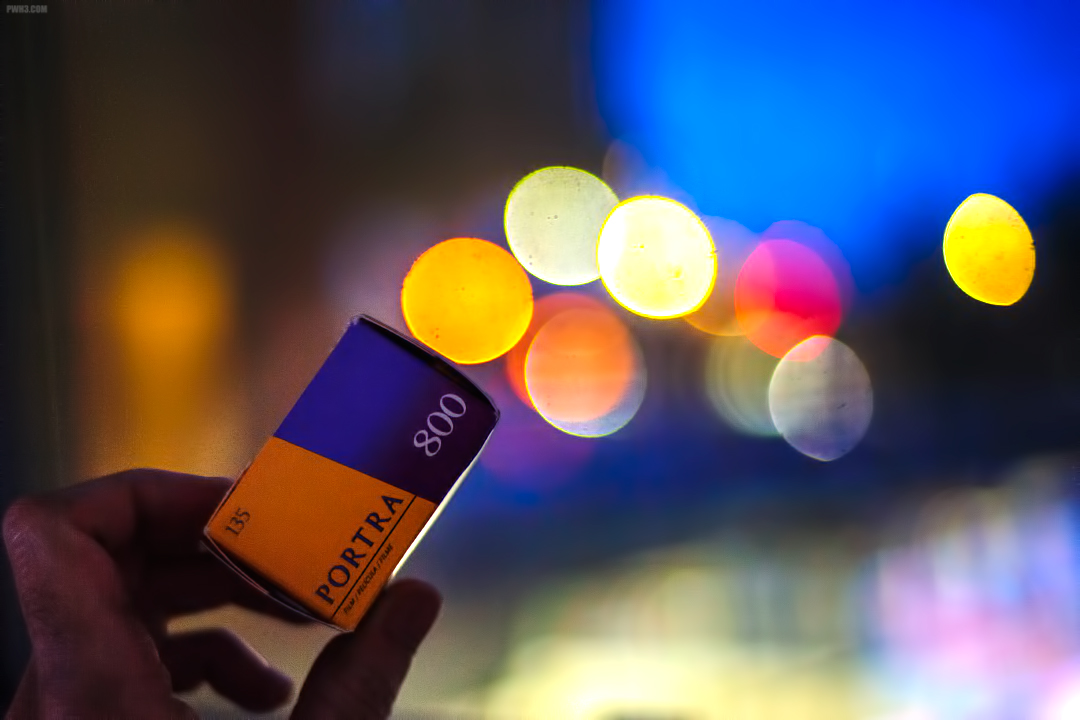
Those of us who once shot with a film SLR and a 50mm lens will feel right at home with the field of view that a full-frame camera with the same lens offers. I always thought of my Nikon D700 as the digital version of my Nikon F4, and I think that’s a fair comparison.
Larger, Clearer Viewfinders
To match the larger sensor area, the viewfinders on full-frame cameras are large and offer proper magnification. One issue with consumer and prosumer level cameras has always been the smaller viewfinder, which some may find hard to see through. Full-frame cameras have viewfinders similar in size to old 35mm film cameras, which were always larger, bright and clear.
Professional Features
Since full-frame cameras are targeted towards more advanced users, they come with lots of options — including things you may not have even realized you need or want.
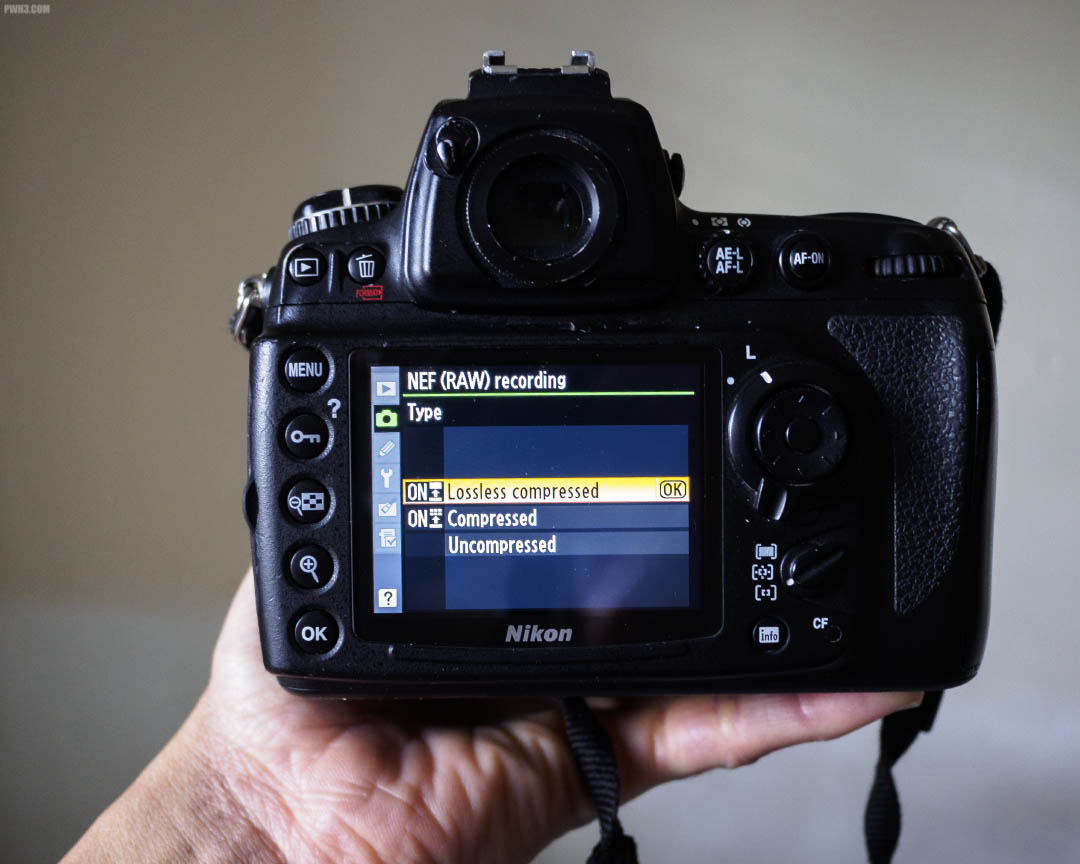
From in-camera lens adjustments for achieving perfect focus to changing file compression settings, full-frame cameras offer lots of options to customize your shooting experience for the particular work you’re doing.
Greater Dynamic Range and Color Accuracy
Full-frame sensors deliver massive amounts of dynamic range and better colors. While editing, you can really push the shadows to lighten them, or reduce the highlights to recover details, like an overexposed sky, that might have been lost if using a smaller sensor.
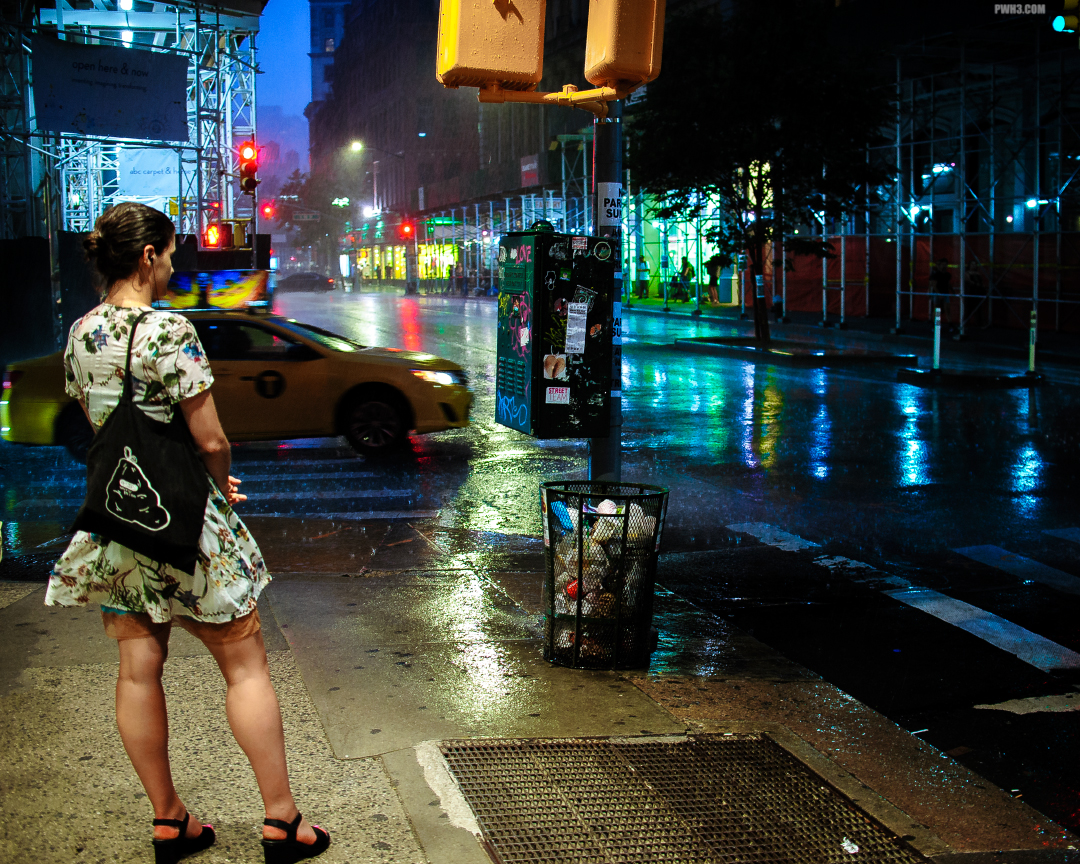
The color depth is also great, allowing you do accurate white balancing and produce richer and more vibrant colors in each color channel of the RAW file.
Less Image Noise, Even at High-ISOs
This is another major reason to use full-frame over a smaller sensor. The larger sensors will produce cleaner images with less noise at every ISO, including ISO 3200 and beyond. ISO 6400 is still very usable on a full-frame camera.
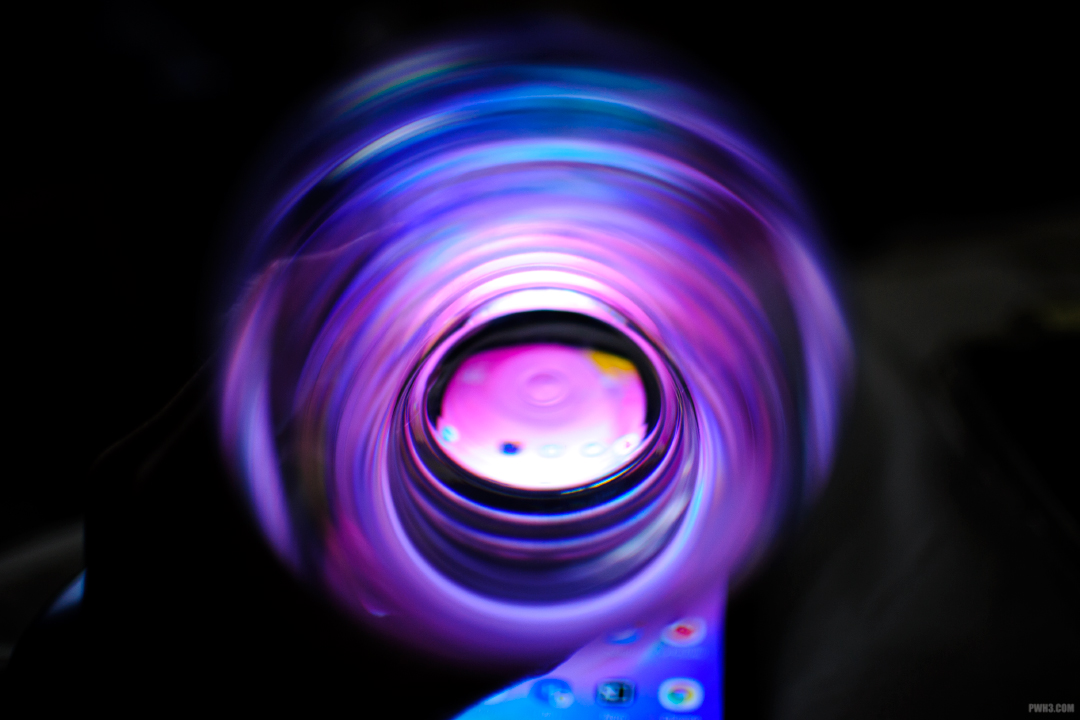
If you shoot at night or inside dark spaces like nightclubs and bars, and want clean images using available light, then full-frame is the best choice.

Full-frame digital cameras are often seen as the ultimate photographic tool for those seeking the highest quality image output and the best depth-of-field control. You personally may not need one, but it’s still a nice option to have.
These are some of my own reasons for using a full-frame camera. What are your reasons? Or do you feel like you won’t ever need one? Leave a comment below!

